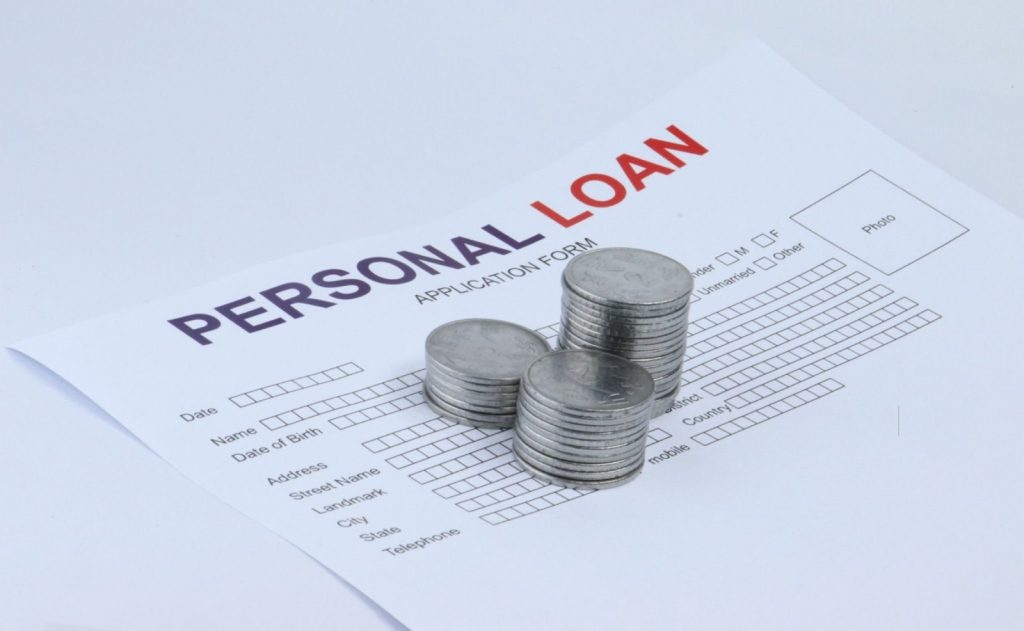For self-employed individuals, navigating the world of personal loans can be a bit more complex than it is for those with traditional employment. The flexibility and variability of self-employment income can present unique challenges when seeking financing. However, with the right approach, you can find a personal loan that suits your needs and financial situation. In this comprehensive guide, we will walk you through the essential steps to select the right personal loan when you’re self-employed.
Assess Your Financial Situation
Before you start searching for a personal loan, it’s crucial to have a clear understanding of your financial situation. Take the following steps to assess your financial readiness:
1. Income Evaluation
Gather documentation that demonstrates your self-employment income. This may include tax returns, bank statements, or invoices. Lenders will want to see evidence of consistent income.
2. Credit Check
Review your credit report and credit score. A higher credit score can help you qualify for better loan terms and lower interest rates.
3. Debt-to-Income Ratio
Calculate your debt-to-income ratio, which compares your monthly debt payments to your income. Lenders use this ratio to assess your ability to handle additional debt.
Types of Personal Loans
There are different types of personal loans, each with its own characteristics. As a self-employed individual, you may consider the following options:
1. Unsecured Personal Loans
Unsecured personal loans do not require collateral, which means your assets are not at risk. These loans rely heavily on your creditworthiness and income.
2. Secured Personal Loans
Secured personal loans are backed by collateral, such as a vehicle or savings account. They may offer lower interest rates but involve more risk because the collateral can be seized if you fail to repay.
3. Online Lenders
Online lenders often have more lenient requirements and faster approval processes. They are a convenient option for self-employed individuals.

Tips for Choosing the Right Loan
Now that you have a grasp of your financial situation and the types of personal loans available, follow these tips to select the right loan:
1. Compare Lenders
Research multiple lenders to find the best terms and rates. Consider both traditional banks and online lenders, as online lenders may be more accommodating for self-employed borrowers.
2. Review Eligibility Criteria
Carefully review the eligibility criteria of each lender. Some may have specific requirements for self-employed individuals, such as a minimum income level or a certain number of years in business.
3. Gather Documentation
Be prepared to provide thorough documentation of your self-employment income. This may include tax returns, profit and loss statements, and bank statements.
4. Consider Your Repayment Plan
Evaluate your ability to make regular monthly payments on the loan. Ensure that the loan terms align with your cash flow and income fluctuations.
5. Negotiate Terms
Don’t hesitate to negotiate terms with lenders. Discuss interest rates, repayment periods, and any fees to secure the most favorable terms possible.
6. Read the Fine Print
Before finalizing any loan agreement, carefully read and understand all terms and conditions. Pay attention to hidden fees, prepayment penalties, and other potential surprises.
Conclusion
Securing the right personal loan as a self-employed individual is possible with thorough preparation and research. Assess your financial situation, explore the various loan options, and follow the tips outlined in this guide to make an informed decision. With the right loan, you can address your financial needs, whether it’s funding a business expansion, consolidating debt, or covering personal expenses, while managing your unique income fluctuations effectively. Remember that choosing the right personal loan can have a significant impact on your financial stability and future success as a self-employed professional.


